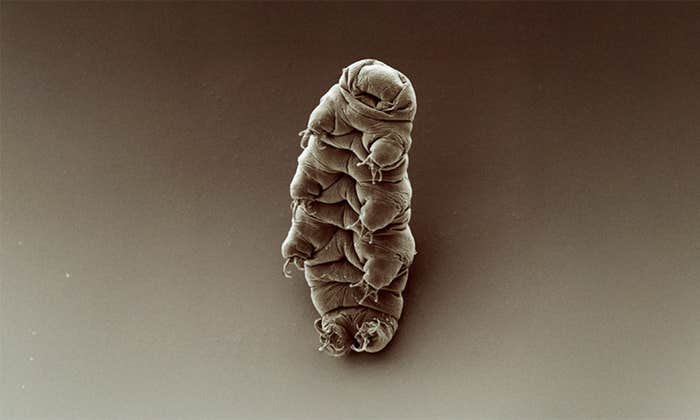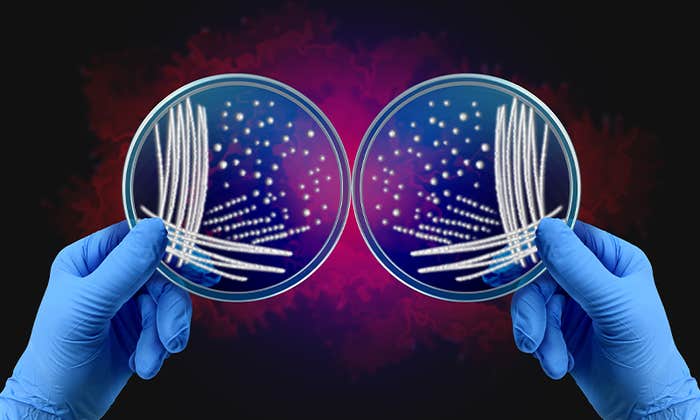Milton Wainwright believes he’s seen ET. In Earth’s upper atmosphere, he claims to have found evidence for panspermia—the hypothesis that life travels through the cosmos via meteoroids and other objects. A microbiologist and astrophysicist at the University of Sheffield, Wainwright sends large balloons up to the stratosphere, as high as 25 miles above the planet’s surface, to look for microorganisms drifting in from space.
“Nearly every time we go to the stratosphere, we find these unusual organisms,” he says. “They’re not coming up from Earth.” If they were, he argues, his samples would contain earthly particles or look like earthly beings—which, he says, they don’t. But he’s had a hard time overcoming his critics’ skepticism that the samples differ enough from Earth-bound life to count as aliens. “We cannot get away from the ‘little green man syndrome,’” he says.
Nautilus sat down with Wainwright to discuss his controversial research. (Watch the interview in its entirety below.)
How do you sample the upper atmosphere with balloons?
You go out into the stratosphere and you bump into the microbes. We use, essentially, a CD drawer on a computer. When it opens, it exposes to the stratosphere. When it closes, it’s airtight—completely sealed and everything. Inside the drawer, you’ve got microscope stubs. They’re little round carbon circles, which we can take out and put directly into the electron microscope. It looks at the surface of this stub, and if anything landed on it, we can study it. I was amazed, absolutely stunned, by what we saw.
What did the specimens look like?
They have what we call “bilateral symmetry.” That is, if I put a line through you, you are bilaterally symmetrical. If I put a line through a piece of dust, it isn’t. This is an important function of organisms. One specimen we found had this structure that looks like a backbone. I think it’s probably part of an organism. They’re too big for bacteria. I don’t want to call them algae, because they’re not. I don’t want to call them protozoa, because we can’t. So the word “biological entity” seems reasonable.
Is it possible that your samples were contaminated with organic matter from Earth?
Why would they get contaminated with strange organisms? This is a major criticism, so we are very careful. On our samplers—and this is incredibly important—there’s no pollen, no fungal spores, no grass. We do all our transfers in a clean room. But even if we weren’t in a clean room, you wouldn’t get these things. Why would you? They’ve never been seen before.
How does this discovery change our understanding of life in the cosmos?
What you’ve got is a paradigm shift. You’ve got biologists being brought up with this theory of the chemical origin of life, and it’s so inbred into their brain system, they can’t break free of it. There’s nothing special about this planet. The Earth is open to material going out; it’s open to material coming in. Every other rocky planet in the cosmos is like this. The astronomer Fred Hoyle and my colleague, Chandra Wickramasinghe, suggested that life is what we call a “cosmic imperative”—it’s going to be everywhere.
Gayil Nalls, PhD, is a New York based interdisciplinary artist and theorist. Follow her on Twitter @olfacticinkblot and @themassinglab.




























